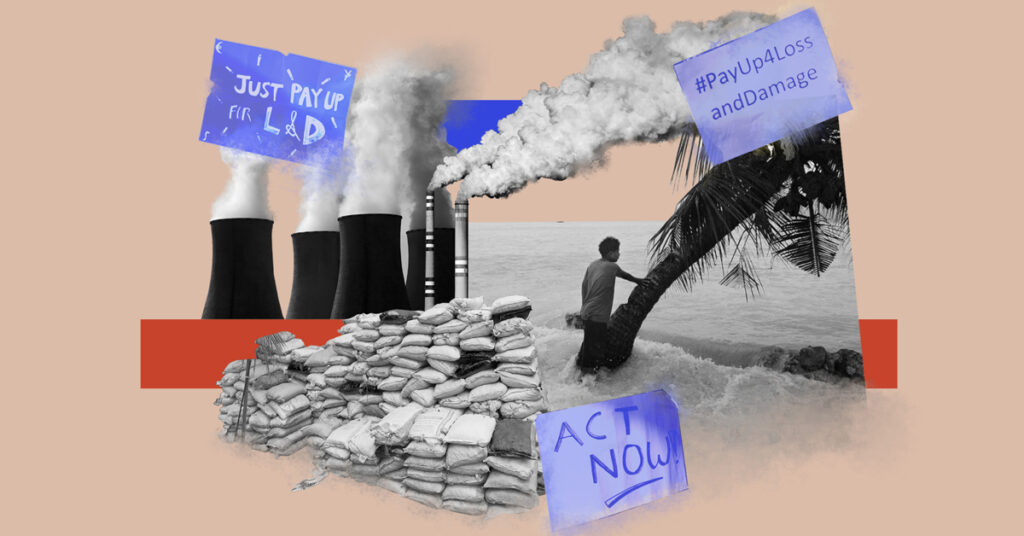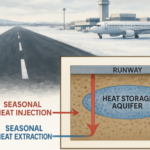Should Developed Nations Pay for ‘Loss and Damage’ from Climate Change?
Introduction
The topic of climate change has been gaining increasing attention in recent years, with many countries signing onto international agreements to reduce their greenhouse gas emissions. However, the issue of "loss and damage" caused by climate change is a pressing concern that is yet to be fully addressed. Loss and damage refers to the devastating impacts that climate-related disasters have on vulnerable communities, including damages to infrastructure, loss of livelihoods, and loss of human life.
What is Loss and Damage?
Loss and damage refers to the irreversible and lasting impacts that climate-related disasters have on vulnerable communities. These impacts can include damage to infrastructure, loss of crops, displacement of communities, and loss of life. For example, severe flooding in Bangladesh has left thousands of people homeless, while droughts in East Africa have led to crop failures and food insecurity. Loss and damage is not only a humanitarian crisis but also an economic and development crisis, as it sets back progress made in economic development and poverty reduction.
Who is Responsible for Loss and Damage?
There is a growing consensus among experts that developed nations are responsible for paying for the loss and damage caused by climate change. This is because developed nations have been emitting large amounts of greenhouse gases since the Industrial Revolution, contributing to the increased frequency and severity of climate-related disasters. In addition, many developed nations have a higher capacity to adapt to climate change and absorb its impacts, making it fairer for them to share the costs of loss and damage.
Is This Fair?
Some critics argue that it is not fair to expect developed nations to pay for the loss and damage caused by climate change. They argue that developing nations are also emitting greenhouse gases and should also take responsibility for their emissions. Additionally, some developed nations argue that they do not have the resources to pay for loss and damage, and that it is unfair to expect them to shoulder this burden alone.
The Way Forward
Despite these challenges, the issue of loss and damage is critical to addressing climate change. The United Nations Framework Convention on Climate Change (UNFCCC) has established a mechanism for loss and damage, but more needs to be done to address this issue. Developed nations must take concrete actions to reduce their emissions and support developing nations in adapting to climate change.
Conclusion
The issue of loss and damage from climate change is a critical and pressing concern that requires urgent attention. Developed nations have a responsibility to pay for the loss and damage caused by climate change, as they have contributed more to greenhouse gas emissions. Addressing loss and damage is critical to addressing climate change and ensuring that the most vulnerable communities are protected.
FAQs
Q: What is loss and damage?
A: Loss and damage refers to the irreversible and lasting impacts that climate-related disasters have on vulnerable communities, including damages to infrastructure, loss of livelihoods, and loss of human life.
Q: Who is responsible for loss and damage?
A: Developed nations are responsible for paying for the loss and damage caused by climate change, as they have emitted large amounts of greenhouse gases and have a higher capacity to adapt to climate change.
Q: Is this fair?
A: The issue of who is responsible for loss and damage is complex and contested. Some argue that developed nations have a responsibility to pay for loss and damage, while others argue that developing nations should also take responsibility for their emissions.




.png?w=150&resize=150,150&ssl=1)

.png?w=150&resize=150,150&ssl=1)
